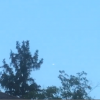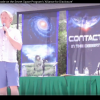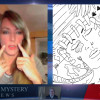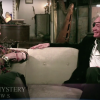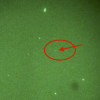Alaskan witness videotapes UFO emitting objects0
- From Around the Web, UFO News
- May 26, 2016
An Alaskan citizen witnessed a UFO flying over the town, as other smaller lights were sent down to the ground.
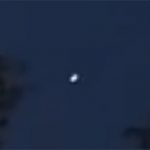
An Alaskan citizen witnessed a UFO flying over the town, as other smaller lights were sent down to the ground.

Scientists using radar data from NASA’s Mars Reconnaissance Orbiter (MRO) have found a record of the most recent Martian ice age recorded in the planet’s north polar ice cap.

The long-sought final resting place of the Greek philosopher has been unearthed at a site in Macedonia.

If we extraterrestrials, how would we communicate? Scientists have been studying where to begin at METI.

The team found a remarkable complexity with some 33,000 protein-coding genes identified, which is 10,000 more than is found in a human.
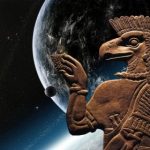
Based on numerous archaeological discoveries: artifacts, records and monuments found in the past by experts, it is believed that the Anunnaki (Sumerian: “those who came down from the heavens), an extremely advanced civilization from an elusive planet in our solar system, came to Earth, landing in the Persian Gulf some 432,000 years ago.

A Virginia witness at Charlottesville reported watching and photographing a triangle-shaped UFO that briefly hovered and moved away at a fairly low altitude, according to testimony in Case 76512 from the Mutual UFO Network (MUFON) witness reporting database.

At a distant star called Kepler-223, four gas giant planets orbit close in to their sun. It couldn’t be more different from our own solar system today, where all the big planets hang out far away. But could Kepler-223 be how our solar system was long ago?
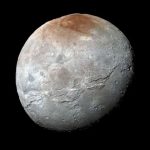
A new model developed by University of Rochester researchers could offer a new explanation as to how cracks on icy moons, such as Pluto’s Charon, formed.

“If you have pigs with partly human brains you would have animals that might actually have consciousness like a human,” Newman says. “It might have human-type needs. We don’t really know.”














